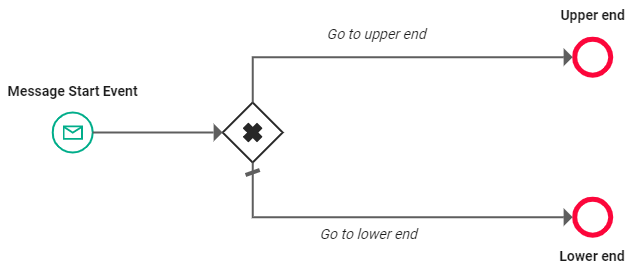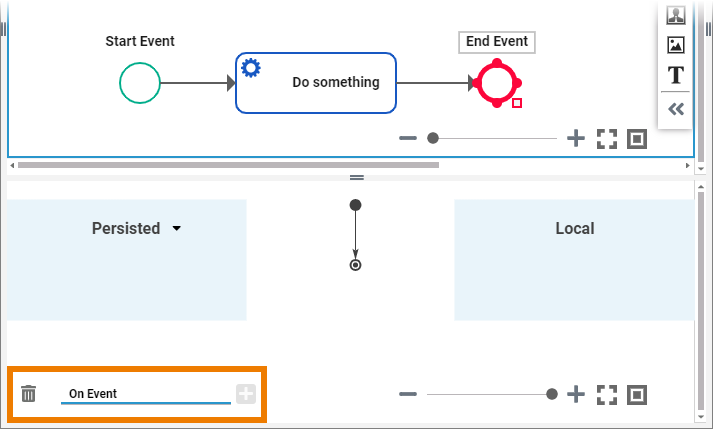Versions Compared
compared with
Key
- This line was added.
- This line was removed.
- Formatting was changed.
Comment:
Published by Scroll Versions from space WDESIGNER and version 24.0
With BPMN, processes end with end events. A process must have at least one end event, but it may also have multiple end events. An end event closes the process instance and deletes the related persistent state object from the database.
| Multiexcerpt include | ||||||||
|---|---|---|---|---|---|---|---|---|
|
| A process end is modeled by end events. |
| Process instances are kept in the persistent state database and they are deleted at process end:
|
One BPMN element is available to model process ends:
| BPMN Element | Usage | Details |
|---|---|---|
|
End Event
| The end event indicates that the process is completed.
| ||
| A BPMN model may also have multiple end events. | ||
| You can create the execution model (On Event) for an end event:
| ||
| You can add execution for an end event for example...
|
otp
| Panel | ||
|---|---|---|
| ||
|
| ||||||||
| Multiexcerpt include | ||||||||
|---|---|---|---|---|---|---|---|---|
|
| Panel | ||
|---|---|---|
| ||
Overview
Content Tools




